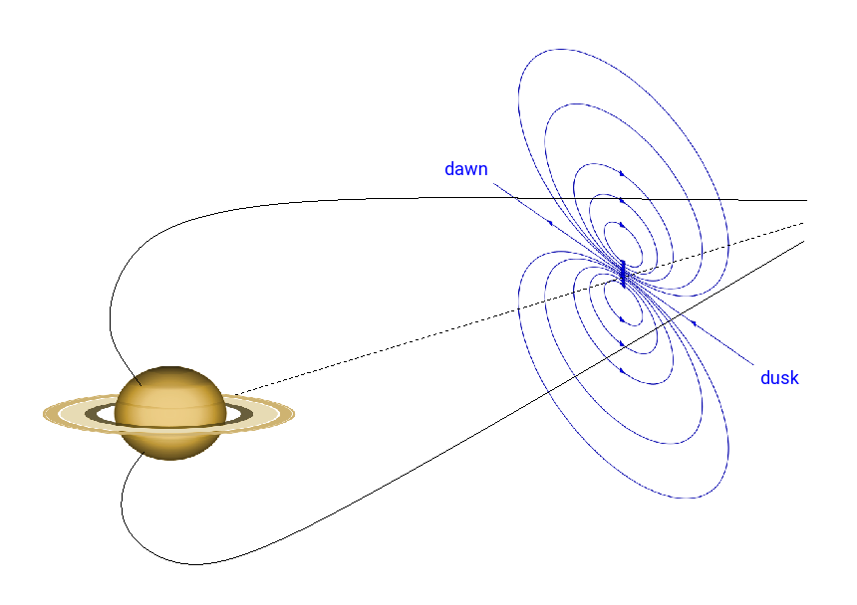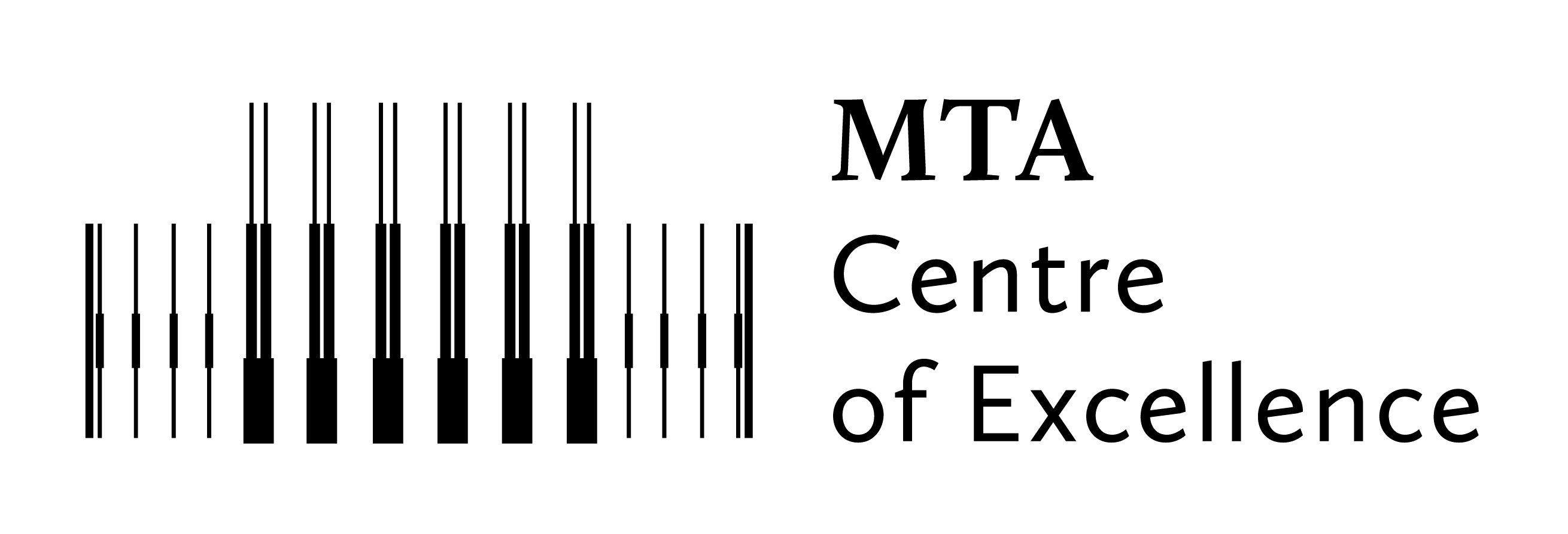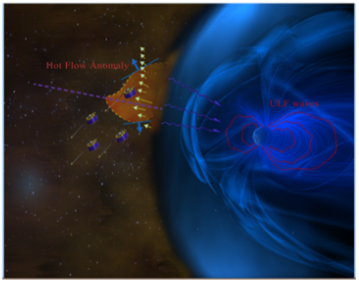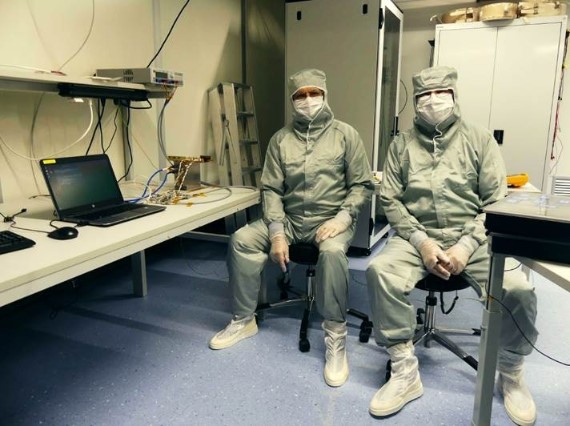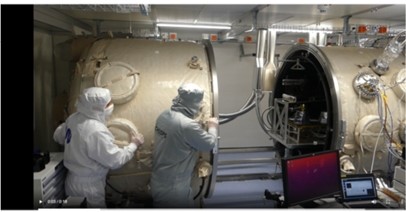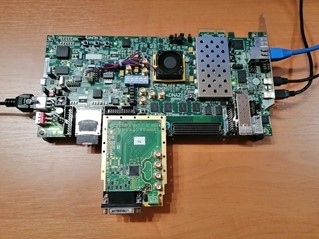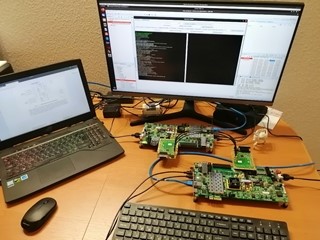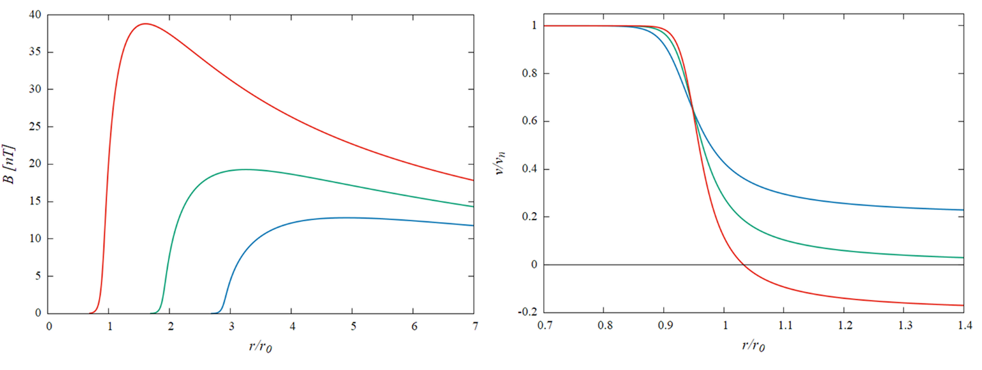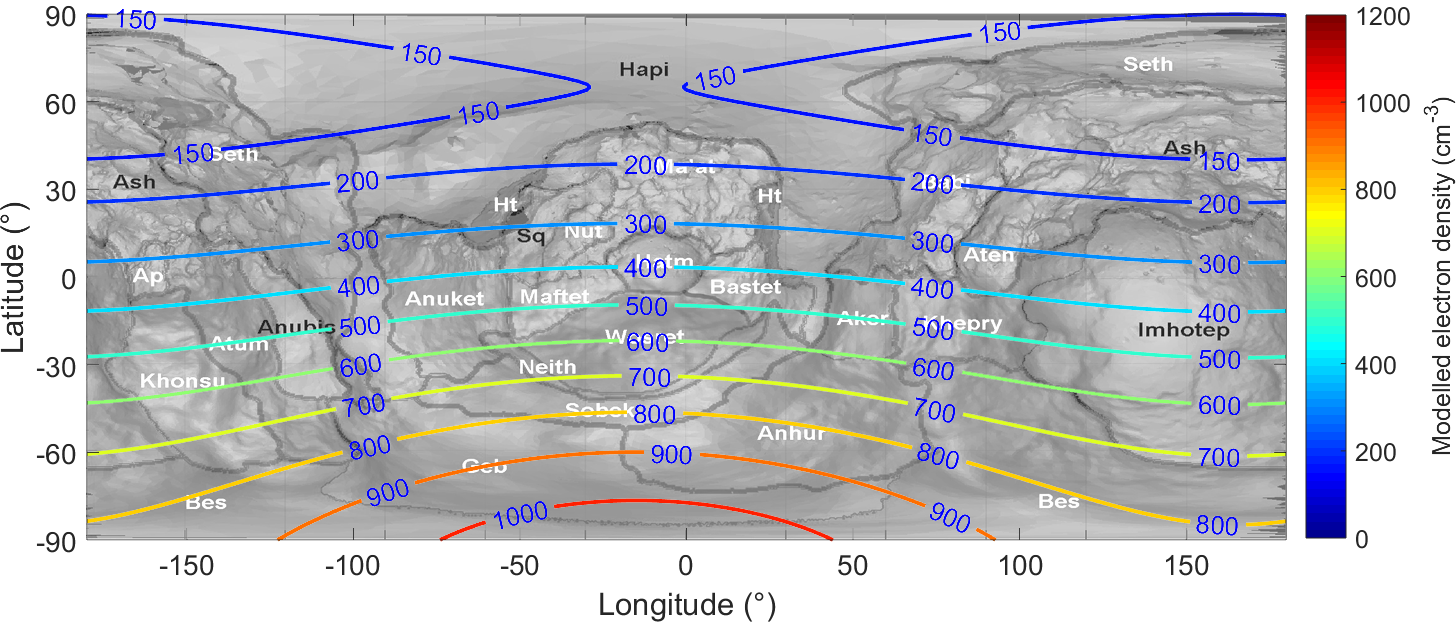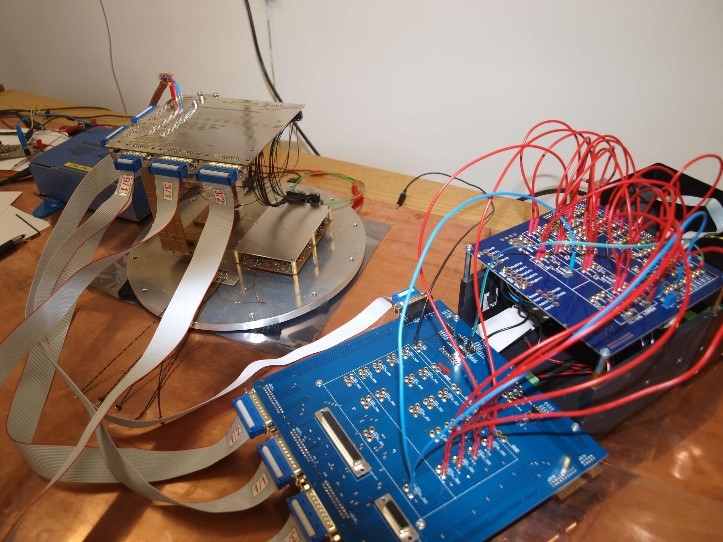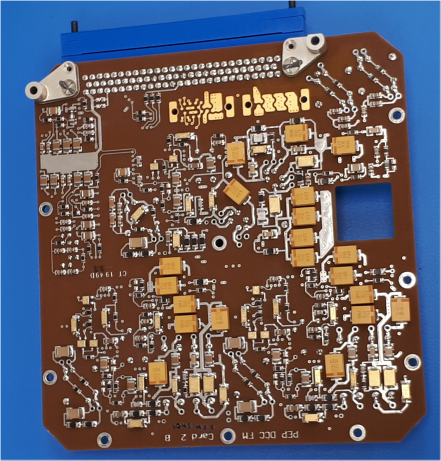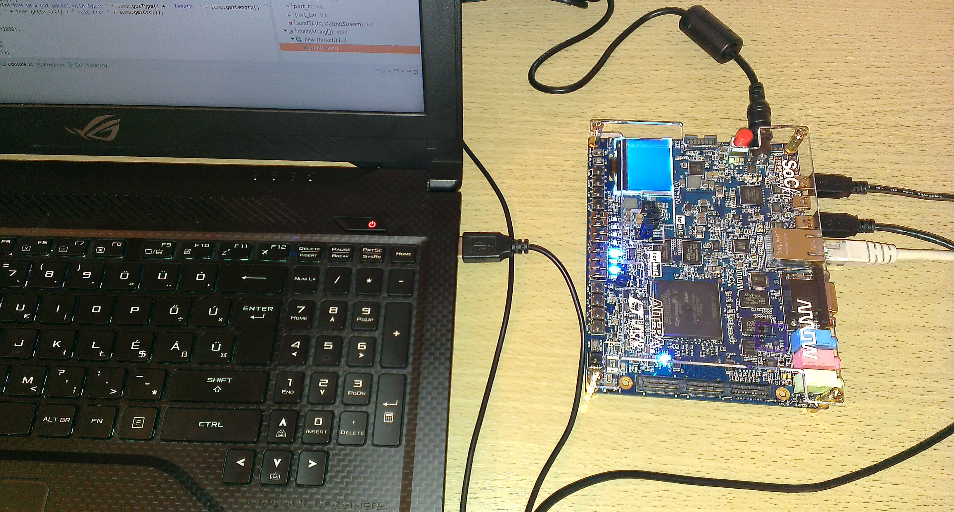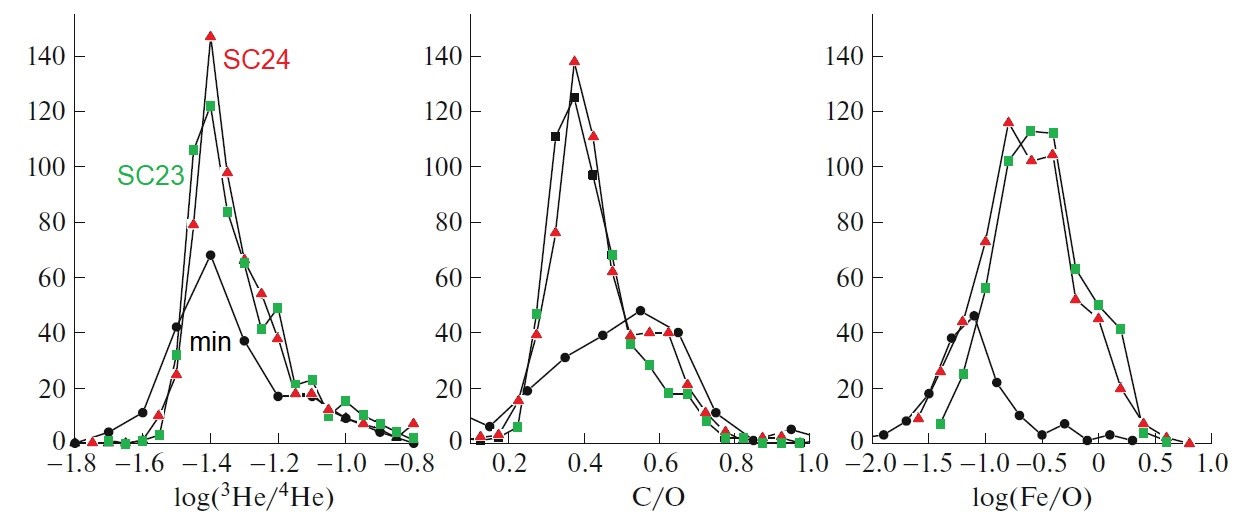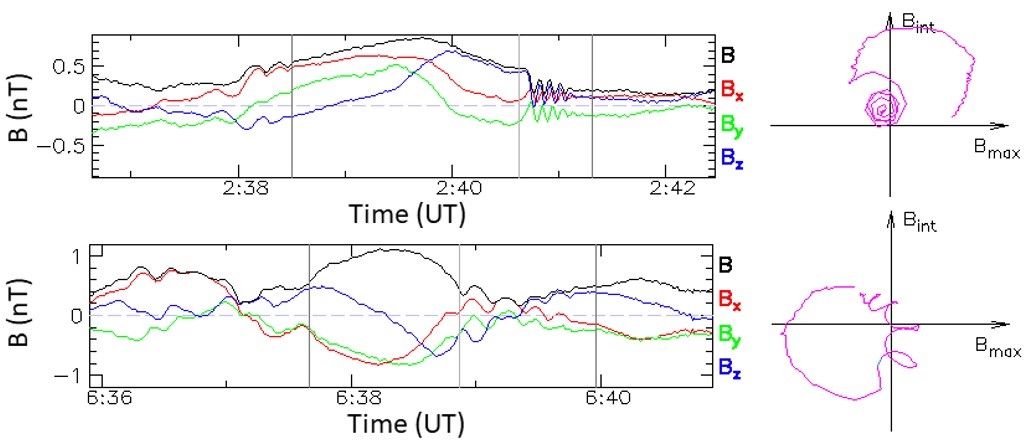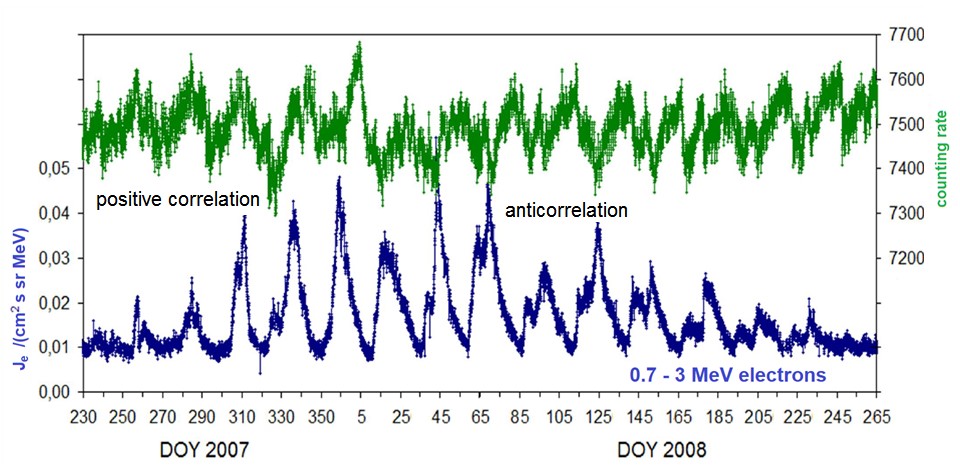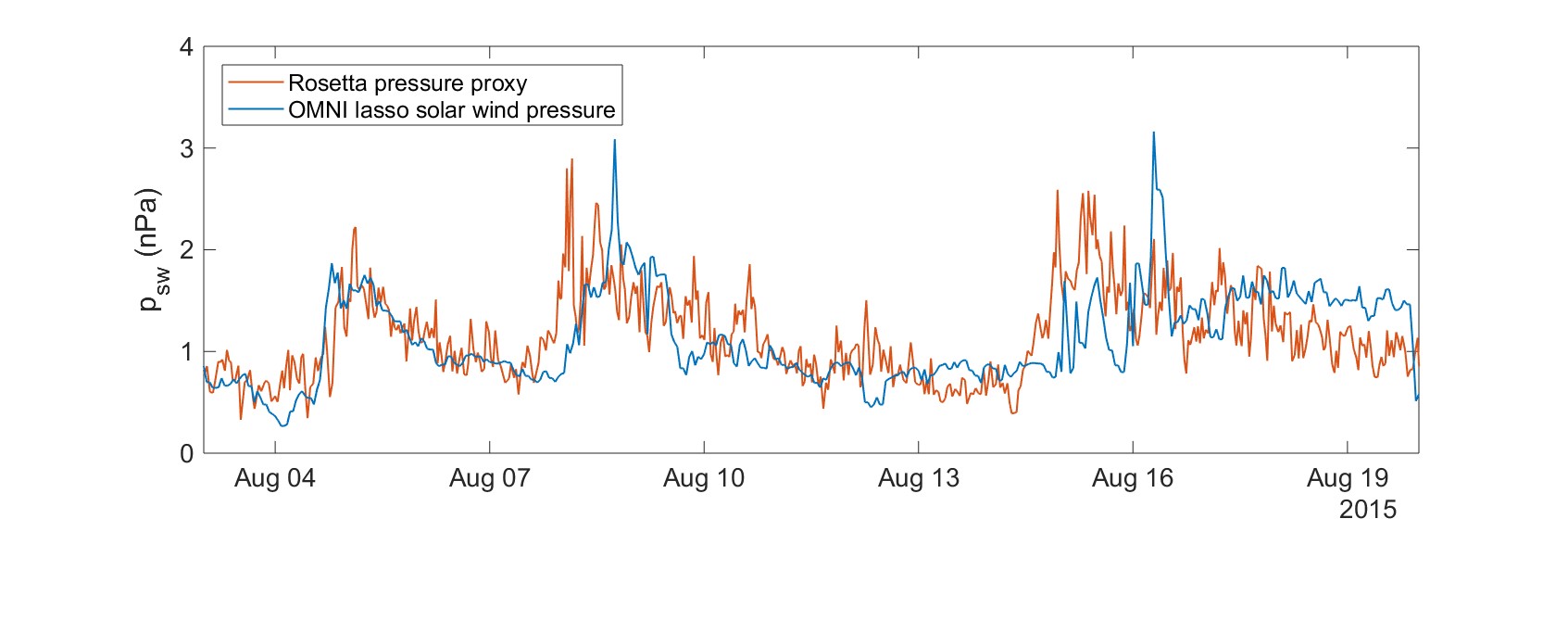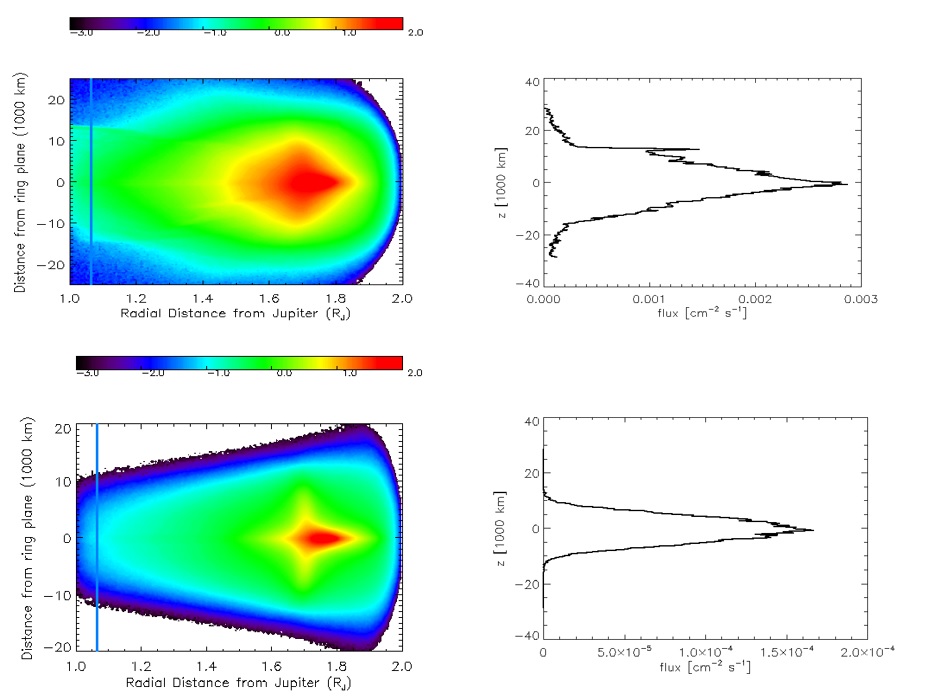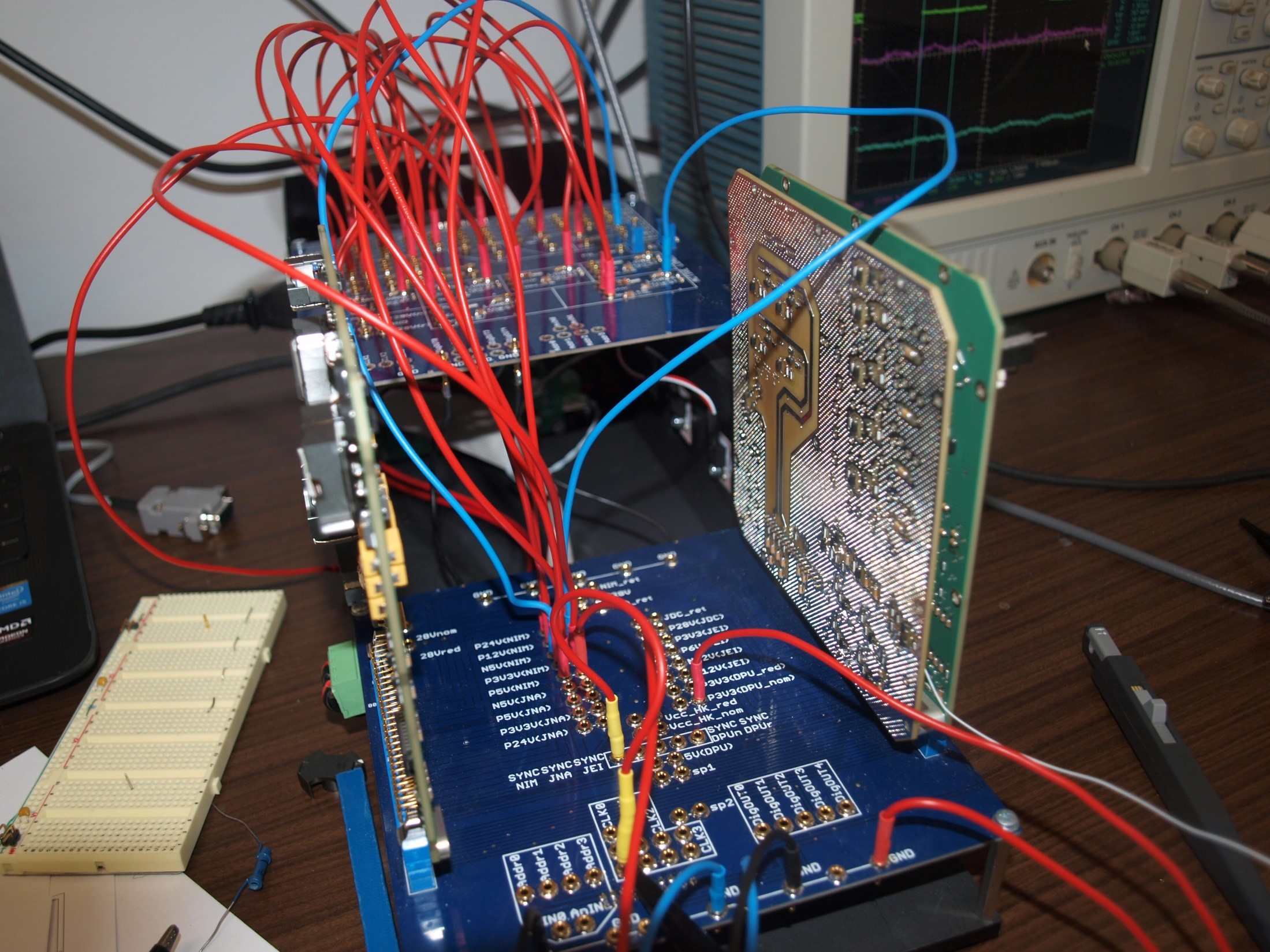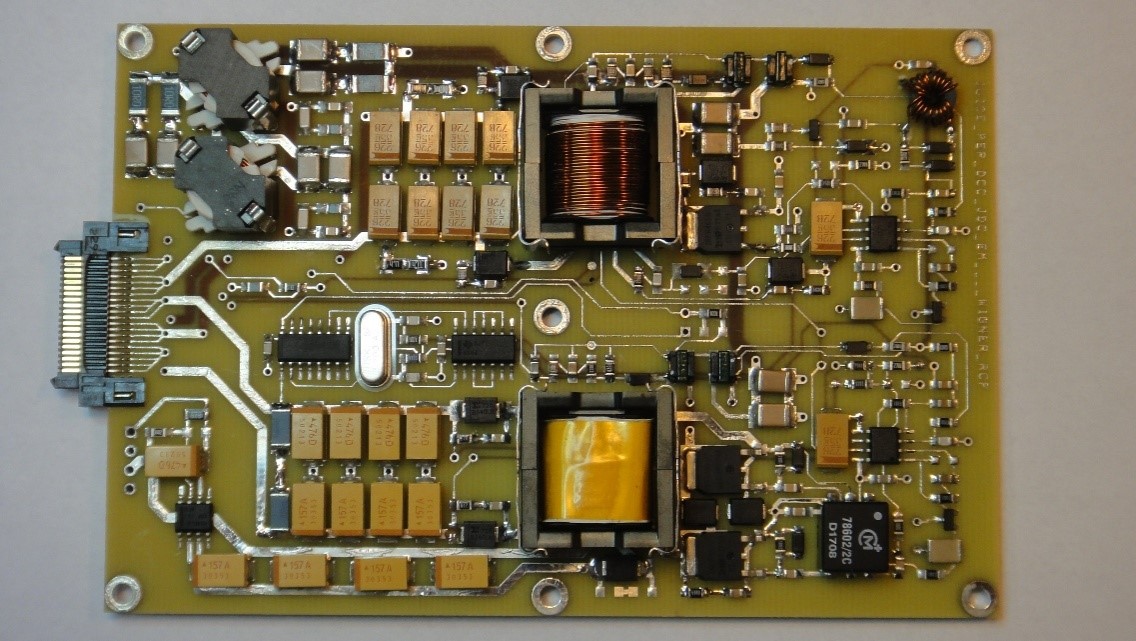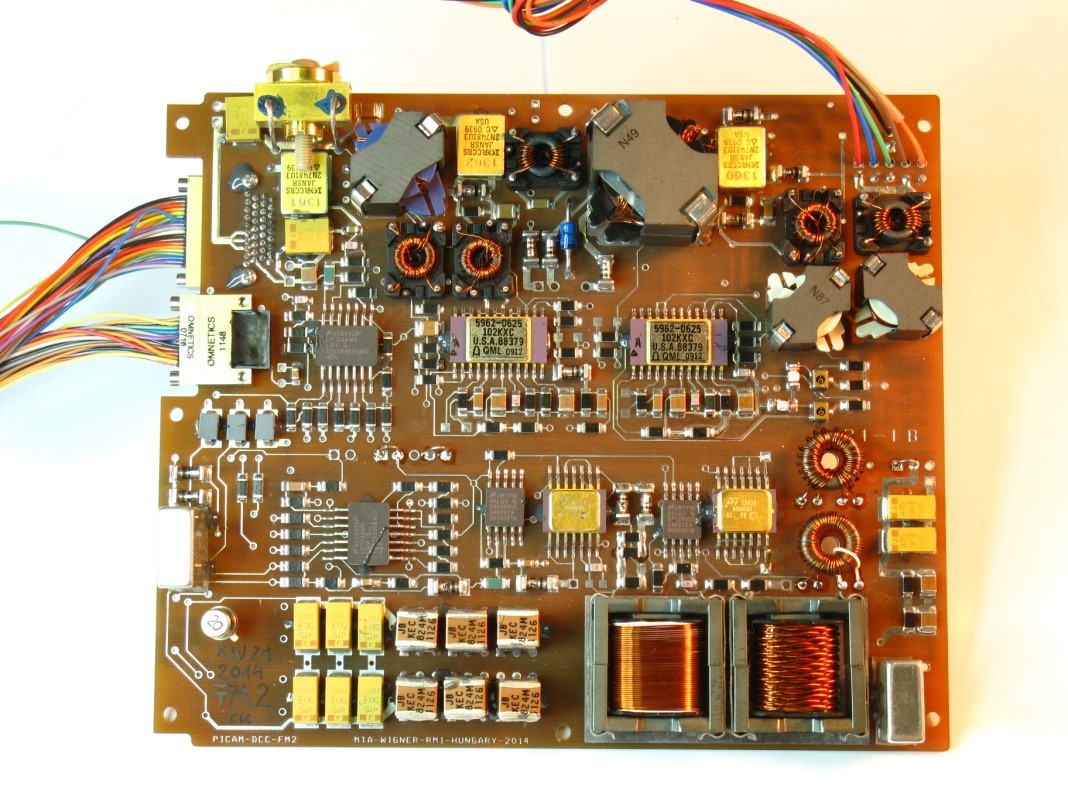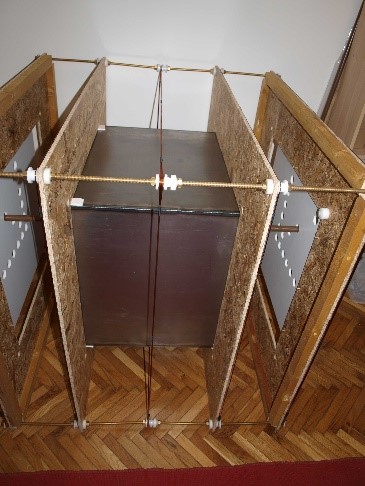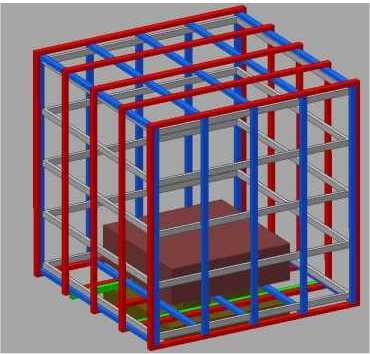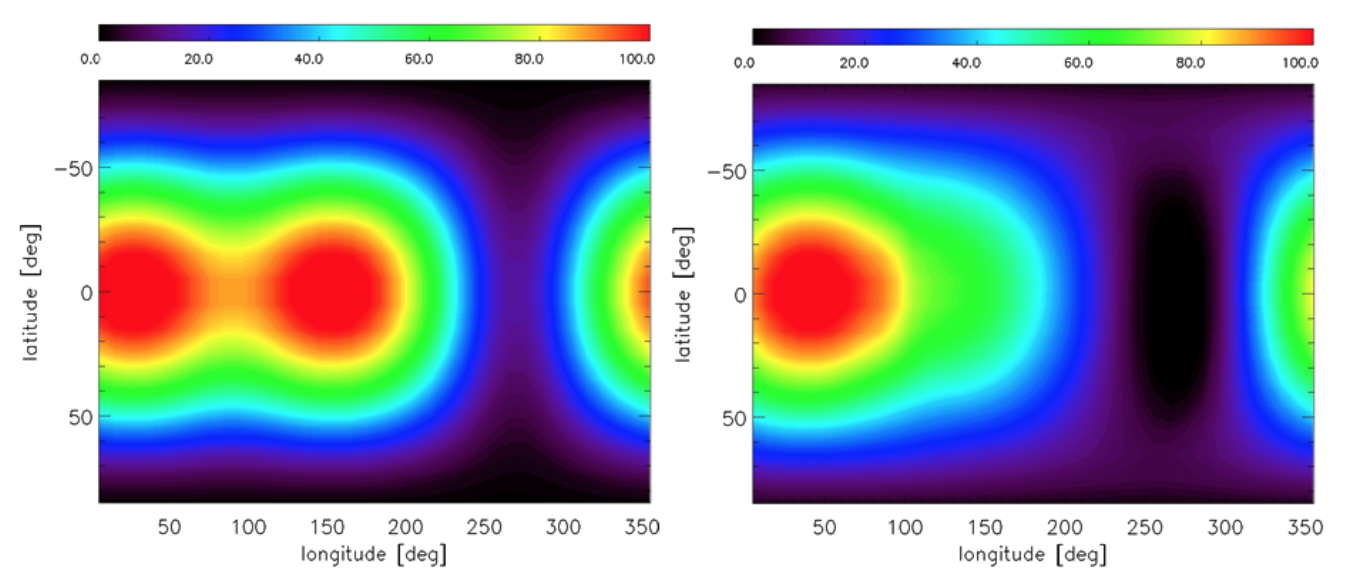2021
Suprathermal Ions from Coronal Holes. — The relative abundances of thermal and suprathermal C, O, and Fe ions were analyzed and compared in solar wind streams from near-equatorial coronal holes during quiet periods of nearly two solar cycle minima [1]. Ion fluxes with energies of ~0.04–2 MeV/nucleon were studied using data from the ULEIS instrument aboard the ACE spacecraft together with thermal ions in the fast and slow (Maxwellian) solar wind using data from the SWICS instrument aboard ACE. The analysis was carried out for quiescent periods in 2006–2012 and 2015-17 when solar wind flows from near-equatorial coronal holes (CHs) were detected at 1 AU. Near the minimum of SC23, although they displayed large variability, the C/O and Fe/O ratios of suprathermal ions were, on average, near the corresponding relative abundances of the solar wind. During the decreasing solar activity phase of SC24 suprathermal Fe/O ratios matched those of solar wind ions from CHs. In both cycles the thermal and suprathermal Fe/O ratios exhibited a similar character of dependence on maximum solar wind speed (Fig.1). Our results suggest that the sources of suprathermal ions from CHs in low solar activity periods are accelerated solar wind thermal ions. The thermal and suprathermal Fe/O ratios were found higher in 2015-17 than those measured in 2006-2010.
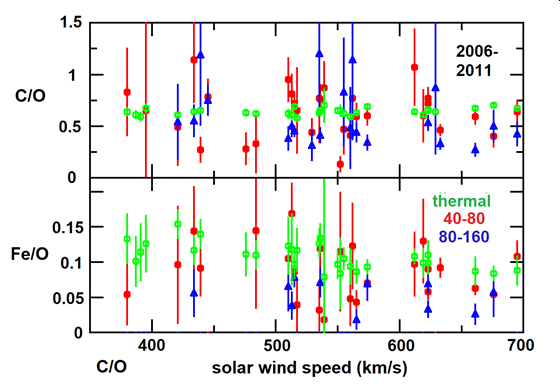
Figure 1. Values of C/O (upper panel) and Fe/O ratio (lower panel) as a function of the maximum speed of the solar wind from CHs in 2006–2011. Red dots and blue triangles represent the ratios of suprathermal ions with energies 40–80 keV/n and 80-160 keV/n, respectively; green circles are the ratios of thermal SW ions.
Jovian electrons at the Earth orbit. — The influence of the structure of inner heliospheric magnetic field was studied on the propagation of Jovian electrons from Jupiter to the Earth orbit [2]. Beginning from 1974, 13-month variations of relativistic Jovian electron fluxes were recorded by spacecraft near the Earth. 22 synodic cycles are analyzed. The best connection in each cycle was found within a narrow longitudinal interval with an angular divergence of the planets 230 ± 20◦, when the Parker field line connecting the two planets is formed at solar wind speed 450 ± 50 km/s. Such invariability for more than 45 yr is improbable to be accidental. We attribute the observed phenomenon to the long-term presence of recurrent stationary structures in the solar wind generated near the Sun. This assumption is confirmed by comparing the time profiles of the solar wind speed measured over all solar rotations in the solar activity minima in 1975 and 2007–2008 (Fig. 2).
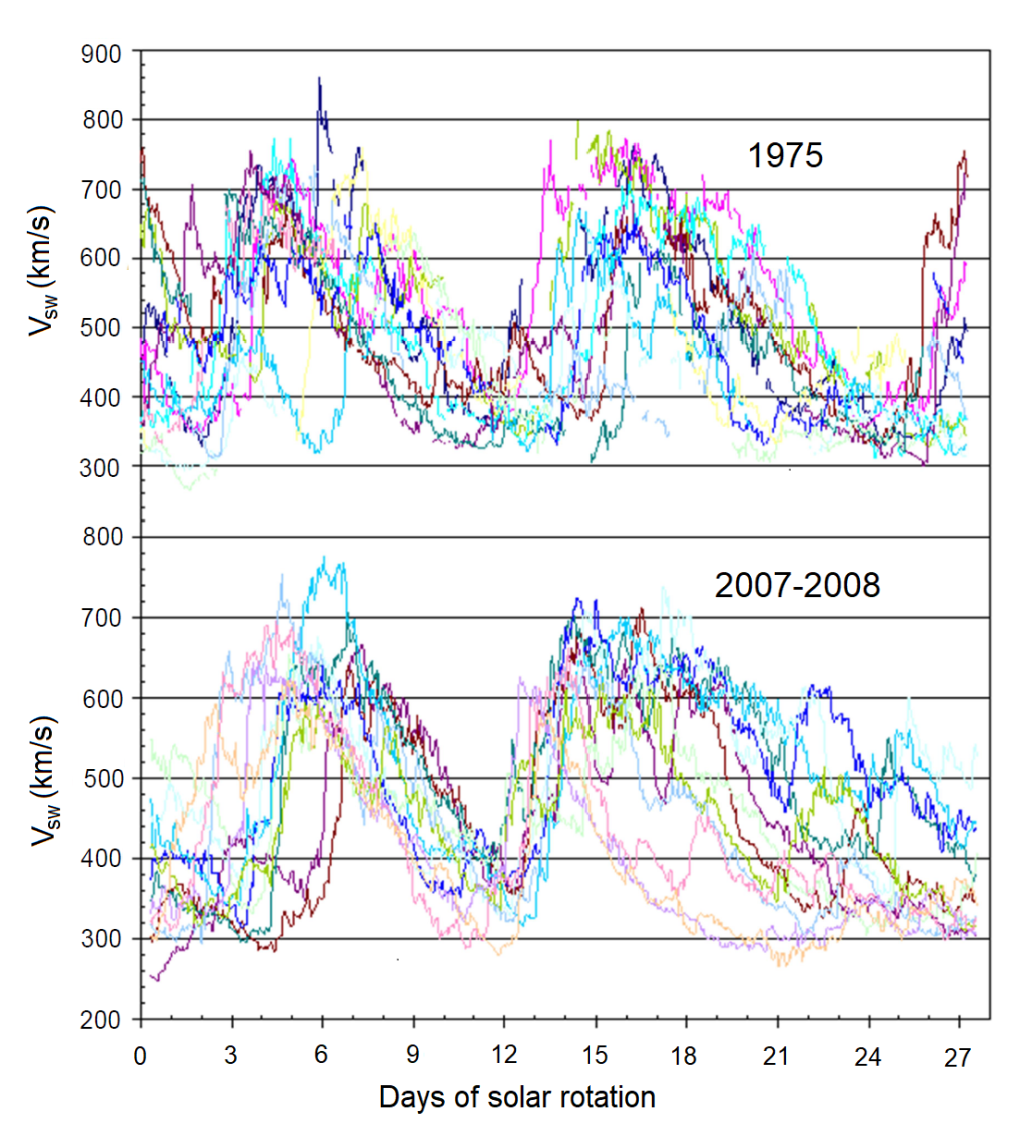
Figure 2. Composite picture of the solar wind speed profiles during consecutive rotations of the Sun in 1975 (upper panel) in the 13-month Earth-Jupiter synodic cycle in comparison with the speed profiles in 2007-2008 (lower panel). The speed curves are split into 27.3 day intervals and superimposed.
SERENA: Particle Instrument Suite. — The ESA-JAXA BepiColombo mission to Mercury will provide simultaneous measurements from two spacecraft, offering an unprecedented opportunity to investigate magnetospheric and exospheric dynamics at Mercury as well as their interactions with SW, radiation, and interplanetary dust [3]. The particle instrument suite SERENA (Search for Exospheric Refilling and Emitted Natural Abundances) is flying in space on-board the BepiColombo Mercury Planetary Orbiter (MPO). The only particle instrument aboard the BepiColombo Mercury Planetary Orbiter (MPO) is SERENA (Search for Exospheric Refilling and Emitted Neutral Abundances), which comprises four independent sensors: ELENA for neutral particle flow detection, Strofio for neutral gas detection, PICAM for planetary ions observations (Fig.3), and MIPA, mostly for SW ion measurements. SERENA is managed by a System Control Unit located inside the ELENA box. Our researchers participated in the paper, in which the scientific goals of this suite are described, and then the four units are detailed, as well as their major features and calibration results. Finally, the SERENA operational activities are shown during the orbital path around Mercury, with also some reference to the activities planned during the long cruise phase.
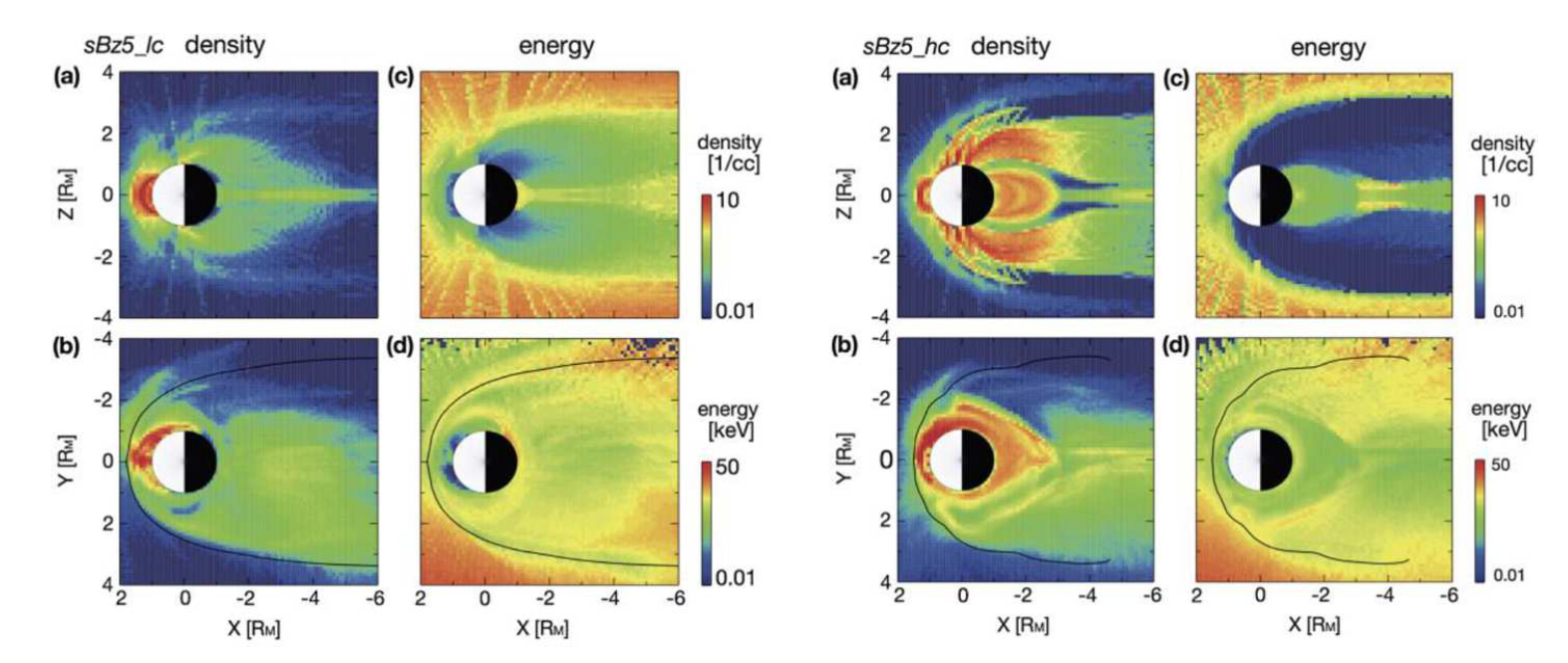
Figure 3. Na ion distribution under the same southward IMF (BZ = −5 nT) and solar wind conditions, for different assumptions of surface conductance. Upper panel: low conductivity; bottom panel: high conductivity. The resulting ion distributions are markedly different as the formation of an X-line further from the planet inhibits escape in the second case.
Coordinated observations in the inner Heliosphere. — During its cruise phase, the BepiColombo spacecraft will cover a wide range of heliocentric distances (0.28 AU–0.5 AU), which provides a great opportunity for coordinated observations, especially with the Solar Orbiter and Parker Solar Probe. Despite some payload constraints, many instruments onboard the spacecraft are operating before its orbit insertion around Mercury in December 2025. We reported a detailed catalogue of events, the various spacecraft configurations and the combined in-situ and remote sensing measurements from the different spacecraft. We summarized the identified science topics, the operational instruments and the method we have used to identify the windows of opportunity and discussed the plans for joint observations in the future. [4]
